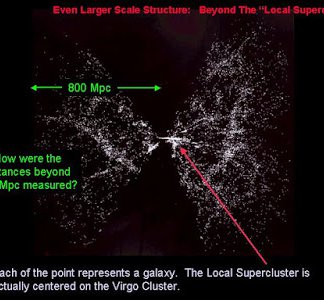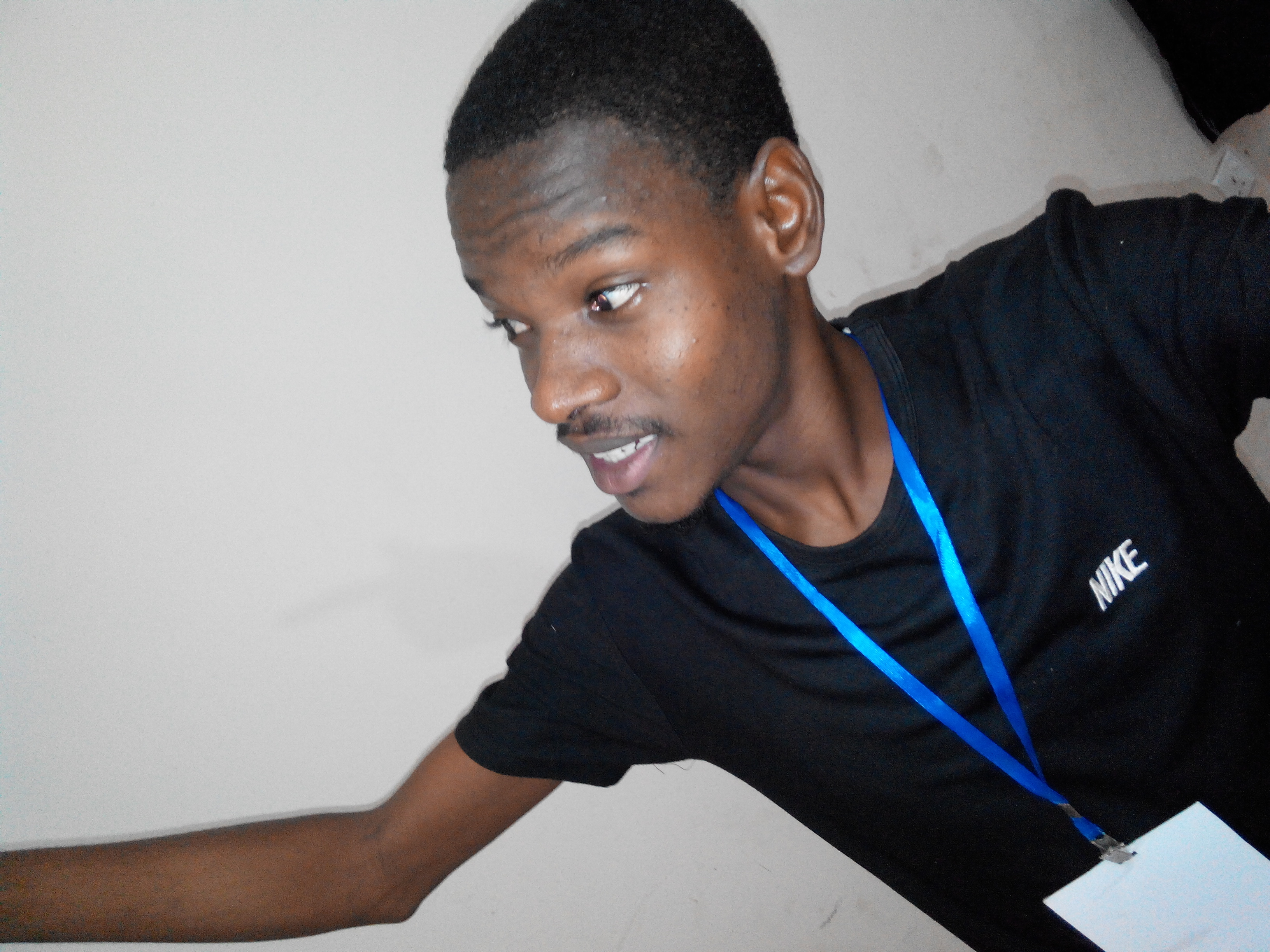Galaxy and Structure Formation 2

In 1968, Joseph Silk showed that, during the pre-recombination epochs, sound waves in the radiation-dominated plasma were damped by repeated electron scatterings (Silk, 1968). The effect of this damping was to dissipate fluctuations with masses less than about 10 12 M , a mass known as the Silk mass, by the epoch of recombination. Consequently, all fine-scale structure would be wiped out and only large-scale structures on the scale of large galaxies and clusters of galaxies could form after recombination. In the early 1970s, Zeldovich and Edward Harrison independently put together information about the spectrum of the initial fluctuations on different physical scales and showed that observed structures in the Universe could be accounted for if the mass fluctuation spectrum had the form Δ(M) ∝ M −2/3 in the very early Universe, corresponding to a power spectrum of initial fluctuations of the form |Δ k | 2 ∝ k n with n = 1. The amplitude of this scale-free power spectrum, known as the Harrison–Zeldovich spectrum of initial perturbations, was inferred to be ∼ 10^−4 (Harrison, 1970; Zeldovich, 1972).
A key test of these models was provided by the fact that density fluctuations at the epoch of recombination should leave some imprint upon the intensity distribution of the Cosmic Microwave Background Radiation on the sky. In the simplest picture, if the process of recombination were instantaneous, adiabatic perturbations would be expected to result in temperature fluctuations ΔT/T = 1/3 Δφ/c^2 = 1/3 Δ / on large physical scales associated with large-scale gravitational perturbations, an ef- fect known as the Sachs–Wolfe effect (Sachs and Wolfe, 1967). In fact, the problem is somewhat more complicated than this, partly because the process of recombination is not instantaneous and because other physical processes come into play on angular scales of about 1 ◦ and less. These include the adiabatic compression of the perturbations and first-order Doppler scattering due to the collapse of the primordial perturbations. These predictions provided a challenge for the observers since the amplitudes of the temperature fluctuations in these early theories were in the range ΔT/T ∼ 10%−3 − 10^−4 , well within the capability of sensitive anisotropy measurements of the Cosmic Microwave Background Radiation.
In the 1970s, these concepts gave rise to two principal scenarios for the formation of structure in the Universe. The first, known as the adiabatic model, was based upon a picture in which the perturbations were adiabatic sound waves before the epoch of recombination and structure in the Universe formed by the fragmentation of large-scale structures which reached amplitude δ / ∼ 1 at relatively late epochs. A realisation of this scenario was described by Andrei Doroshkevich, Sunyaev and Zeldovich in 1974 (Doroshkevich et al., 1974).
An alternative picture was one in which the perturbations were not sound waves
but isothermal perturbations in pressure balance with the background radiation in the pre-recombination plasma. Small mass perturbations were not damped in this picture and so perturbations on all scales survived to the recombination epoch. After that epoch, the Jeans’ mass dropped to about 10^6 M corresponding roughly to the masses of globular clusters. Galaxies and clusters of galaxies then formed by the process of hierarchical clustering under the influence of perturbations on larger physical scales.
Both models predicted similar amplitudes for the density perturbations at the epoch of recombination on large physical scales and consequently similar temperature perturbations in the Cosmic Microwave Background Radiation. Their subsequent behaviour was, however, quite different. The adiabatic picture could be thought of as a ‘top-down’ process of galaxy formation in which the largest scale structures formed first and then smaller scale structures formed by a process of fragmentation. In contrast, the isothermal picture corresponded to a ‘bottom-up’ process in which small-scale objects came together to form larger structures by hierarchical clustering. In the adiabatic picture, galaxies, stars and the chemical elements all formed atrelatively late epochs, whereas in the isothermal picture, they could begin to form at very much earlier cosmic epochs.
Throughout the 1970s increasingly sensitive searches were made for temperature fluctuations in the Cosmic Microwave Background Radiation, these observations being analysed critically by Bruce Partridge in his review of 1980 (Partridge, 1980a). His own observations had reached sensitivities of ΔT/T ≈ 10 −4 or slightly better by that time (Partridge, 1980b). Models with low density parameters were in serious conflict with these upper limits because, in these, there is relatively little growth of the perturbations after the epoch of recombination. Thus, by the early 1980s, the upper limits to the intensity fluctuations in the Cosmic Microwave Background Radiation were beginning to constrain severely purely baryonic theories of structure formation. Furthermore, the limits to the density parameter in the form of baryons from primordial nucleosynthesis arguments showed that, if the density of matter in the Universe were close to the critical density, most of the matter in the Universe would have to be in some non-baryonic form.
 Fix Kernel Panic Not Syncing After Upgrade
Fix Kernel Panic Not Syncing After Upgrade

I have no special talent. I am only passionately curious.
----Albert Einstein



